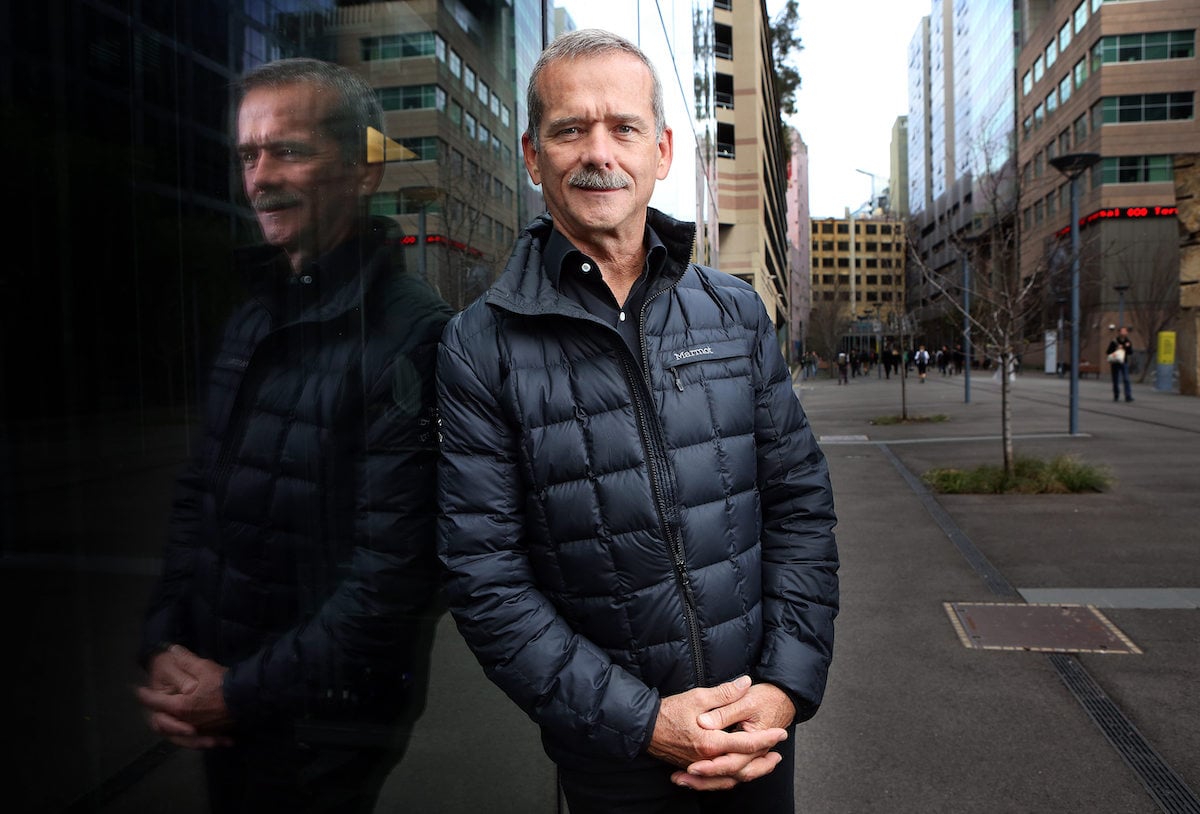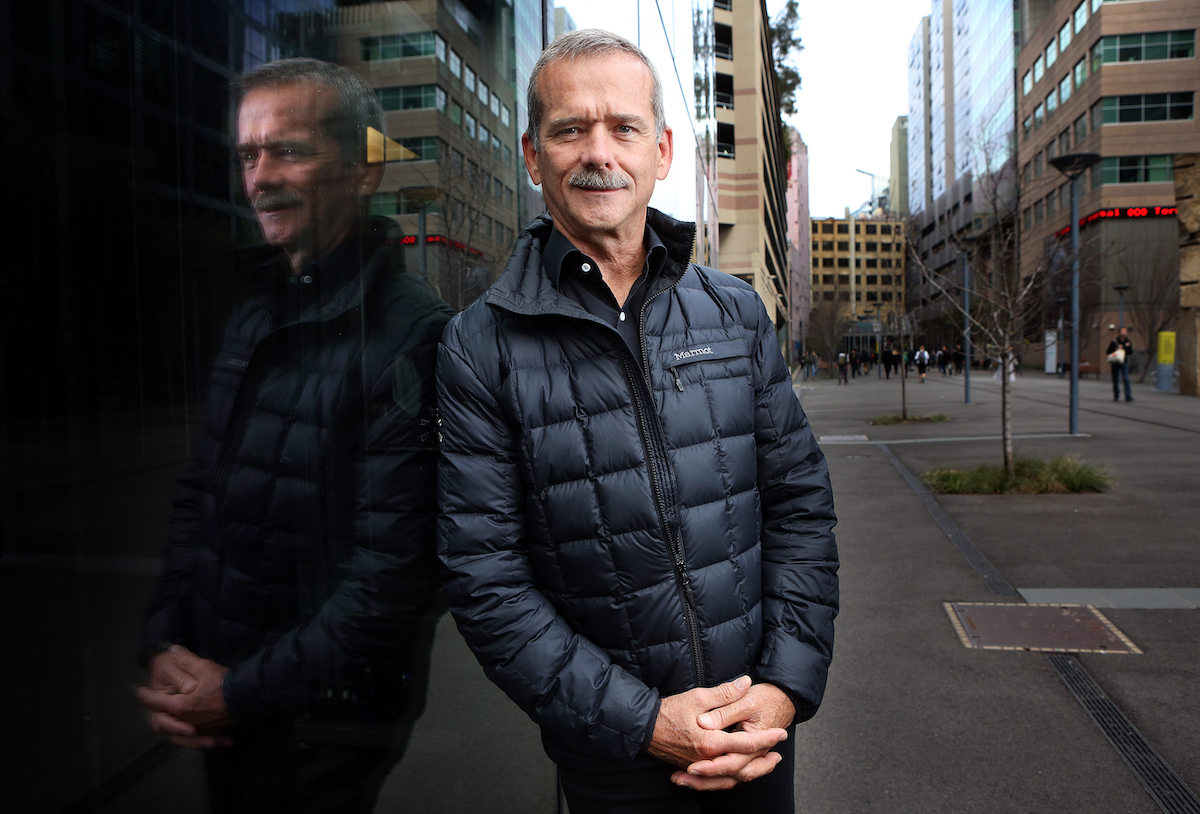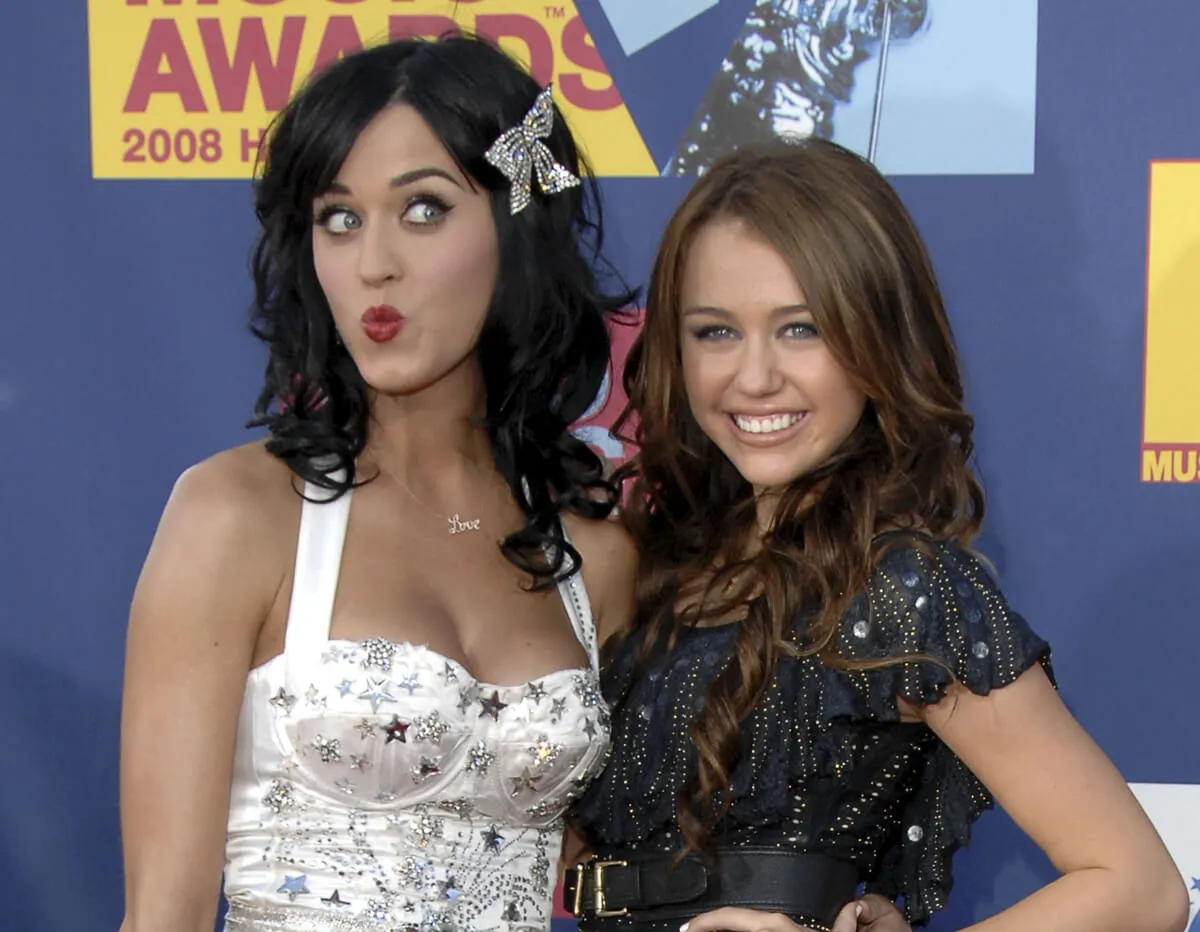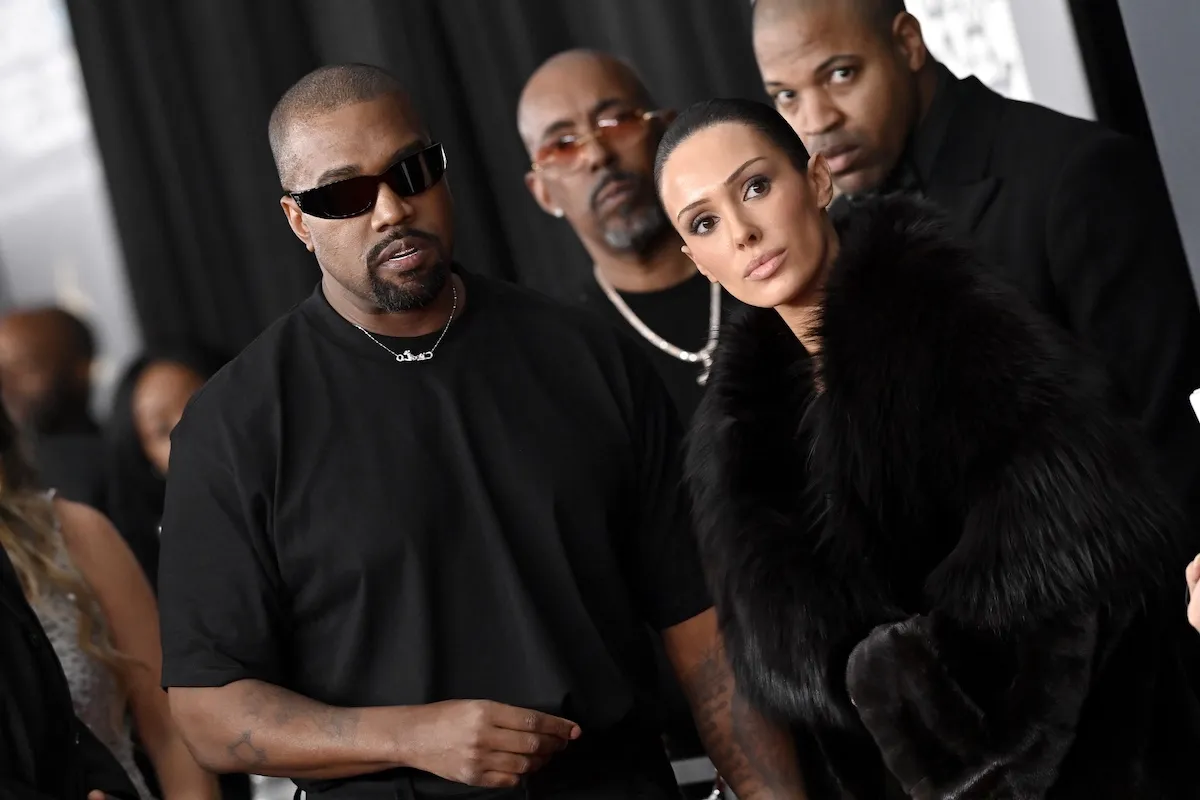
‘Apollo 13’ Might be the ‘Most Realistic’ of All Space Movies, According to Astronaut Chris Hadfield
Movies can be an escape from daily life. Viewers can immerse themselves in an entirely fictional world or historical period. But some historical films are more accurate than others. 1995’s Apollo 13 is a movie viewers can enjoy for not only the action sequences but also a mostly accurate retelling of the actual space mission. Retired astronaut Chris Hadfield confirmed as much.
‘Apollo 13’ is considered an accurate portrayal of a space mission

Retired astronaut Chris Hadfield sat down with Vanity Fair in 2020 to discuss the accuracy of various space movies. Apollo 13 — directed by Ron Howard and starring Tom Hanks, Bill Paxton, and Kevin Bacon as astronauts James Lovell, Fred Haise, and Jack Swigert — came up in the discussion.
“Apollo 13 tells the story of an explosion that actually happened on the way to the moon. Really good movie. Maybe the most realistic of all the space movies,” Hadfield said.
He also discussed the film’s iconic line, “Houston, we have a problem.” He said that whenever an astronaut needs to talk on the radio to mission control, the first thing the astronaut must do is address the location.
Hadfield explained, “Mission Control is sitting there, and if they hear the commander of the ship say, ‘Houston, we have a problem,’ it’s an understatement, but it has a huge impact. All normal operations cease, and everyone is now listening to hear what the commander is going to say next, looking at their data like crazy … And all space commanders since then, myself included, have used that phrase when needed.”
One of the problems the Apollo 13 crew faced was an accumulation of carbon dioxide inside the craft after the explosion damaged the purification equipment. The engineers at mission control scrambled to create a way for incompatible parts to fit together.
“That happens every day in space flight … but I worked in mission control,” Hadfield said. “It’s this great detective hunt every day of how can we take what we hope to do, which is now being ruined by the reality of everything going wrong, and we’re constantly reinventing stuff … But the way it’s portrayed in Apollo 13, it was a terrific, dramatic example of it.”
The filmmakers took some artistic license
Apollo 13 may be the most realistic of space movies, but it doesn’t depict all the events of that space mission precisely as they happened. According to Looper, the filmmakers took some artistic license.
In one section of the film, the engineers work tirelessly in and out of the flight simulator to find the solutions they send to the distressed crew. According to retired astronaut Kevin Mattingly (portrayed by Gary Sinise), who was Apollo 13’s command module pilot before exposure to German measles forced him to back out of the flight, the mission team solved none of the problems in the simulator, as the movie shows. In reality, NASA had figured out many of the solutions before the explosion.
One of the more prominent discrepancies involves that famous line, “Houston, we have a problem.” The true story is that after hearing a loud bang, Commander Lovell said, “OK, Houston, we’ve had a problem here.” Mission control asked him to repeat himself, and he said, “Ah, Houston, we’ve had a problem here.”
The real Apollo 13 rescue was the work of collaborative genius
The true story of the Apollo 13 mission is a work of genius. According to History, Apollo 13 was the seventh crewed Apollo mission (1961–1975) and was supposed to be the third lunar landing. The astronauts never made it to the moon.
On April 13, 1970, two days after Apollo 13 launched, an oxygen tank aboard the craft exploded. Mission control had to develop an emergency plan to bring the three astronauts back safely while the world watched their every move.
The oxygen tank explosion disabled the ready supply of oxygen, electricity, light, and water. So the astronauts moved to the Lunar Module. But it could support only two people for 45 hours. The puzzle was to make the LM support three men for 90 hours through 200,000 miles of space.
Thanks to a combined effort, the astronauts survived in the LM for three days while slingshotting around the dark side of the moon. Finally, on April 17, 1970, the Apollo 13 crew landed safely in the Pacific Ocean.
The genius and heroism of mission control and the space crew working together brought these three astronauts home safely.


